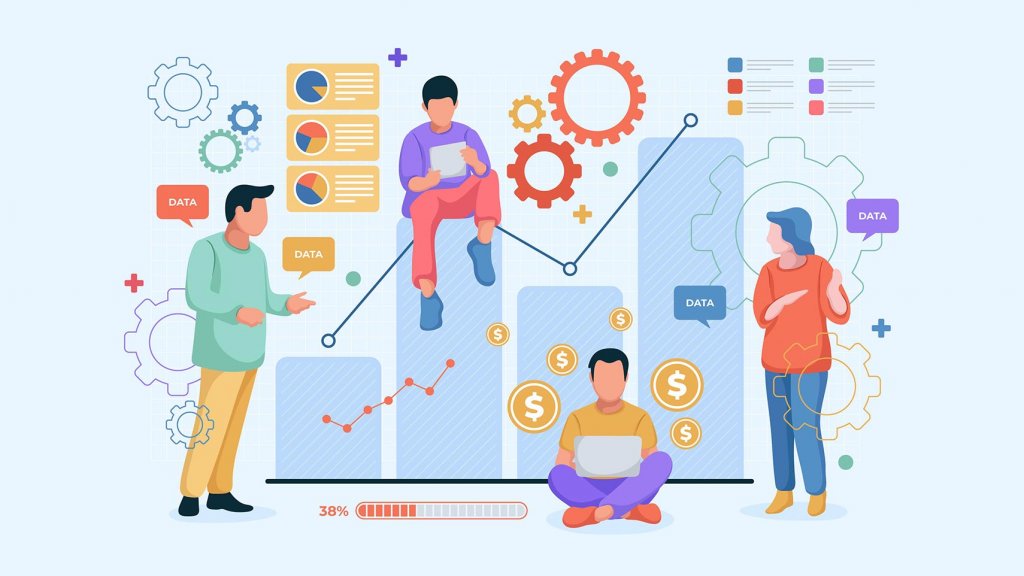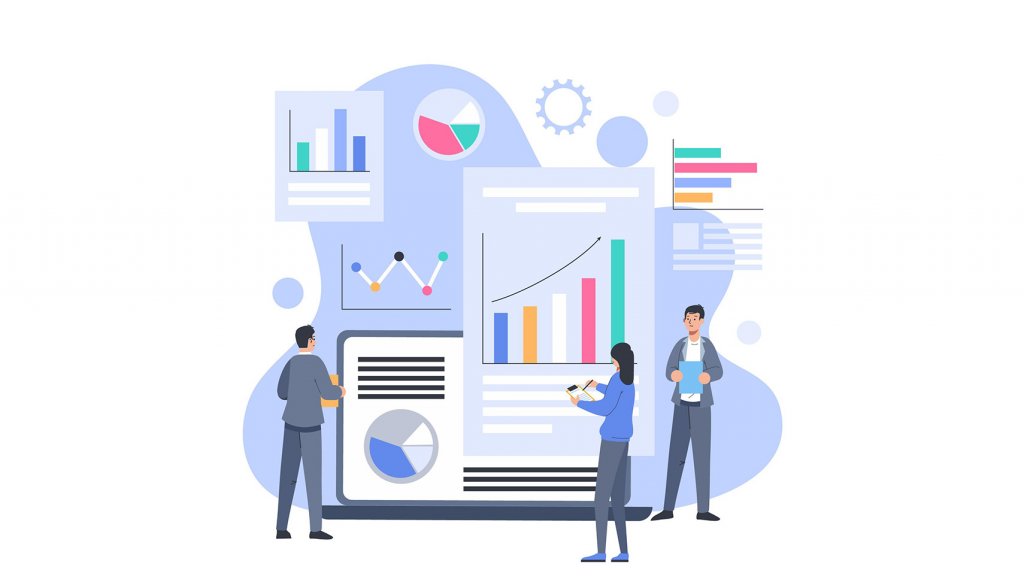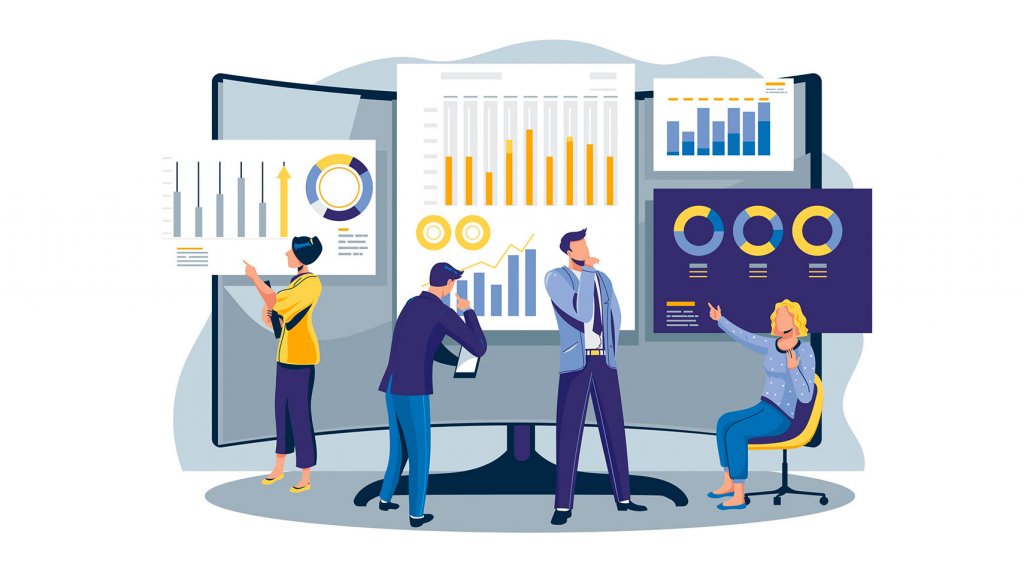
Expectations for data mining are rising in terms of how data utilization pervades business and how to find useful information that is unknown from internal data. In this article, I will explain from the basics of data mining to how data mining is utilized in business with examples.
Table of contents
- What is data mining?
- What you can do with data mining on the business side
- How to use data mining in business
- Typical data mining method
- [Business perspective] Benefits of data mining
- How to use data mining that differs from industry to industry
- For data mining tools, TRYETING’s “UMWELT” is recommended!
- summary
What is data mining?

Data mining is an analysis method that extracts useful information by selecting and analyzing a huge amount of data inside and outside the company. The derived information is used for business strategy in many industries, and is used in various fields such as product sales, marketing, product development, and education.
What you can do with data mining on the business side

There are three main things you can do with data mining: “classify data,” “predict events,” and “extract relevance.”
Data classification
In data mining, a huge amount of data can be classified and utilized according to the characteristics and set conditions. For example, if you have information that categorizes people who may purchase products by characteristics, you can use it for more targeted marketing.
Event prediction
One of the functions of data mining is to find the relationship between events and data from the collected data and predict specific results. By analyzing accumulated data such as product data and customer data, it is possible to predict products that are likely to become popular, when they will sell, and who have a high purchase probability.
Discover data relationships
With data mining, you can discover relationships between data that you haven’t noticed before in a huge amount of data. Analyzing the data of multiple products sold at the same time and gaining new knowledge will make it easier to formulate strategies, which will be a great advantage in terms of marketing.
How to use data mining in business

I will introduce how data mining is used in business.
Predicting data and expecting sales promotion and productivity improvement
With data mining, you can predict the conditions under which a customer will purchase a product, the user base that is likely to purchase the product, when it will sell, and the products that are likely to sell. Companies can promote sales by utilizing the results in marketing measures. In addition, with regard to equipment, etc., the timing and location of failure can be predicted from the past failure history and years of use, and by taking steps in advance before it breaks, equipment outages can be minimized and productivity can be improved. increase.
Visualize data by categorizing based on similarity
A huge amount of data can be organized and classified according to similarities and conditions. Grouping customers from purchasing data makes it easier to understand effective targeted marketing measures.
Data correlation can be used for marketing
At first glance, it seemed to be irrelevant, but in fact, I found products A and B that are often purchased together, and conversely, products that I thought were related products but were purchased less frequently at the same time. It is also useful if you want to find out. At retail stores, knowing which products can be combined to sell well can be used to create attractive sales floors and lead to increased sales.
Typical data mining method

Typical methods for data mining are “logistic regression analysis,” “cluster analysis,” and “market basket analysis.”
1. Logistic regression analysis
Logistic regression analysis is a method of predicting the probability of an event occurring. Classify the information into two choices, 1 or 0, and predict the probability. In companies, it is used to investigate the reaction to marketing measures and improve the measures.
2. Cluster analysis
Cluster analysis is a technique for organizing and classifying data. It can be used when thinking about marketing approaches, and by classifying customers, it can lead to efficient promotion and increase the possibility of purchasing the product you want to sell.
3. Market basket analysis
Market basket analysis is a technique used to find products that are often bought at the same time from sales data. By finding out the motives and relationships that led to the purchasing behavior, it will be useful for increasing sales by launching measures to have B as well as A purchase, such as utilizing it in store layouts and conducting set discount campaigns.
[Business perspective] Benefits of data mining

The benefits of data mining are numerous and can be very useful in your business.
Can be used for sales promotion
There is an advantage that the information obtained by data mining can be used for sales promotion. For example, based on information such as that product A and product B are bought together, and product C sells well on rainy days, the products can be displayed side by side, or conversely, they can be moved far away in the store. You can take measures to improve sales, such as encouraging people to buy products or increasing inventory if there are products that sell under specific conditions.
Expected to improve customer management efficiency
By using data mining to analyze customer data, it is possible to know what kind of products the customer purchased, the characteristics of repeaters and customers who are less used. This makes it possible to utilize data mining for customer management, such as increasing customer satisfaction, preventing customers from leaving, and acquiring repeat customers.
Helps improve and improve quality
Data mining can also be used to improve product quality. In the manufacturing industry, understanding the locations and conditions where failures are likely to occur helps maintain equipment and reduces the probability of failure and the probability of defective products. It is also possible to improve in advance the causes of failures that have not been recognized yet and the points that are likely to fail in the future.
How to use data mining that differs from industry to industry

There are various ways to utilize data mining depending on the industry. This time, I will explain separately for each of the fields of “retail”, “manufacturing”, “medical care”, “finance”, and “education”.
How to use in the retail industry
In the retail industry, data mining can be widely used for marketing to customers. By developing targeted campaigns and introducing products that meet customer needs, you can achieve goals such as optimizing campaigns, improving customer satisfaction, and improving the accuracy of sales forecasts. You may be able to devise a new sales method that you have never thought of before. Data mining has a wide range of analysis targets, and it is also useful for identifying customers and products that sell from the weather.
How to use in manufacturing
In the manufacturing industry, data mining is being increasingly used for analysis of manufacturing equipment. If you can understand the timing and location where failures are likely to occur, it is possible to formulate an optimal maintenance schedule while considering the durability of production equipment.
How to use in medical care
In the medical field, by analyzing a huge amount of diagnostic data and deriving the relevance that “there is a high possibility of the disease in the case of such data”, accurate diagnosis can be made even by inexperienced doctors. .. The insights gained from analyzing the data may help eliminate preoperative patient anxiety and identify risks of developing illnesses that no one has previously noticed.
How to use in finance
By utilizing the huge amount of customer data and transaction data possessed by banks, etc. for data mining, it is possible to quickly detect fraudulent activities and accurately grasp market risks. The results can also be used to enhance service to existing customers and approach prospective customers.
How to use in education
Data mining is a useful approach in formulating strategies for improving student performance, even in educational settings that seem to have nothing to do with data mining. By utilizing test results and learning progress as data, teachers can predict the degree of understanding and formulate an optimal teaching plan.
For data mining tools, TRYETING’s “UMWELT” is recommended!
Data mining may give you the knowledge to solve your company’s problems. With data mining tools, you can achieve advanced data mining even in an environment without data scientists. For high-precision data mining by AI, we recommend the no-code AI cloud “UMWELT” provided by TRYETING. It is possible to quickly analyze the data in your company and utilize the data for subsequent operations such as demand forecasting by AI and inventory management.
summary
In this article, we introduced examples of how data mining can be used in business. From the huge amount of data, please consider introducing a data mining tool to get a way to increase customer satisfaction and hints to dramatically increase sales.

